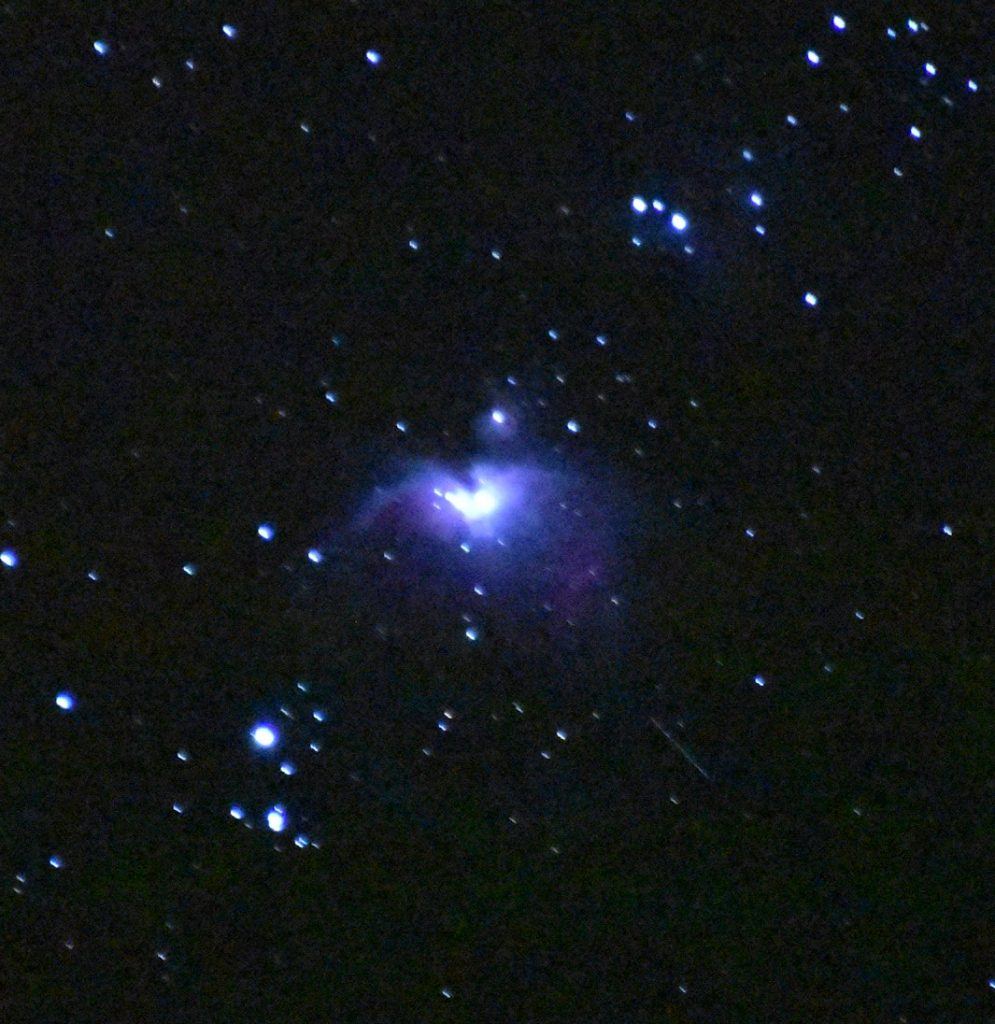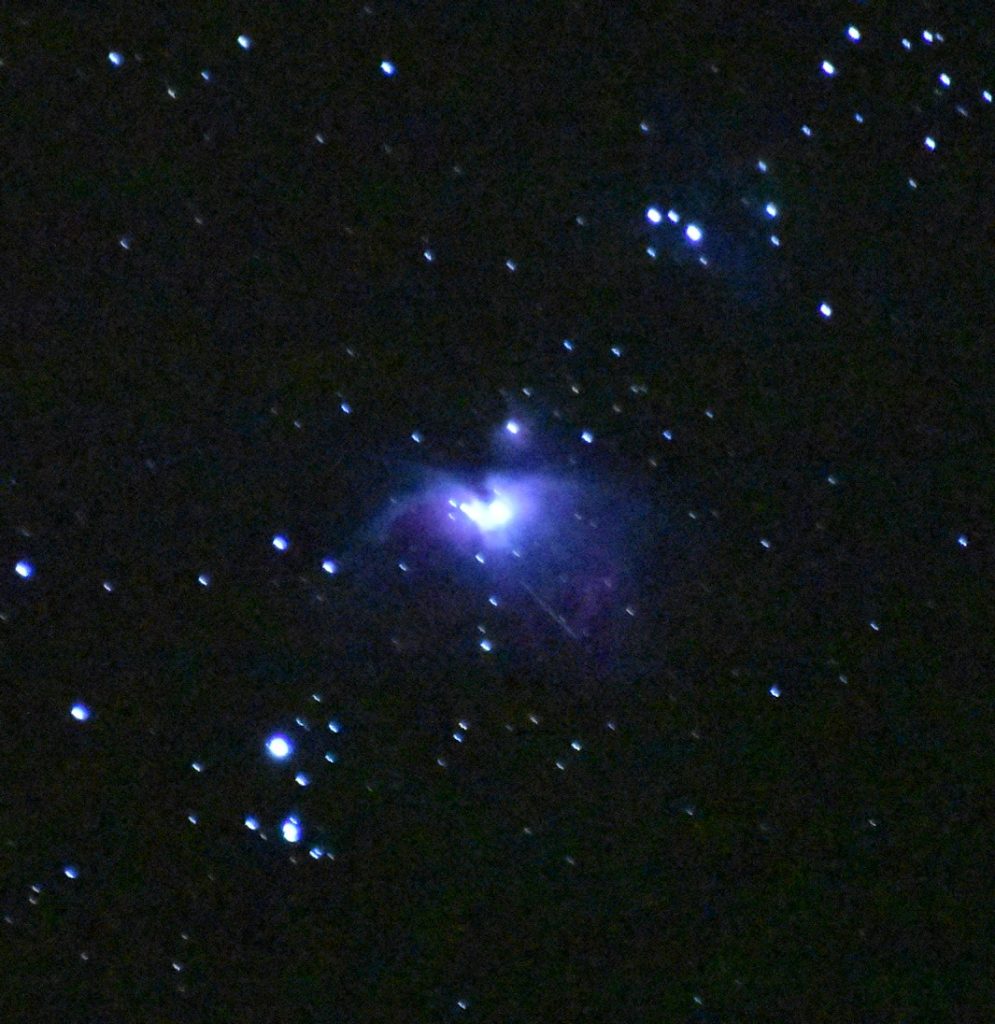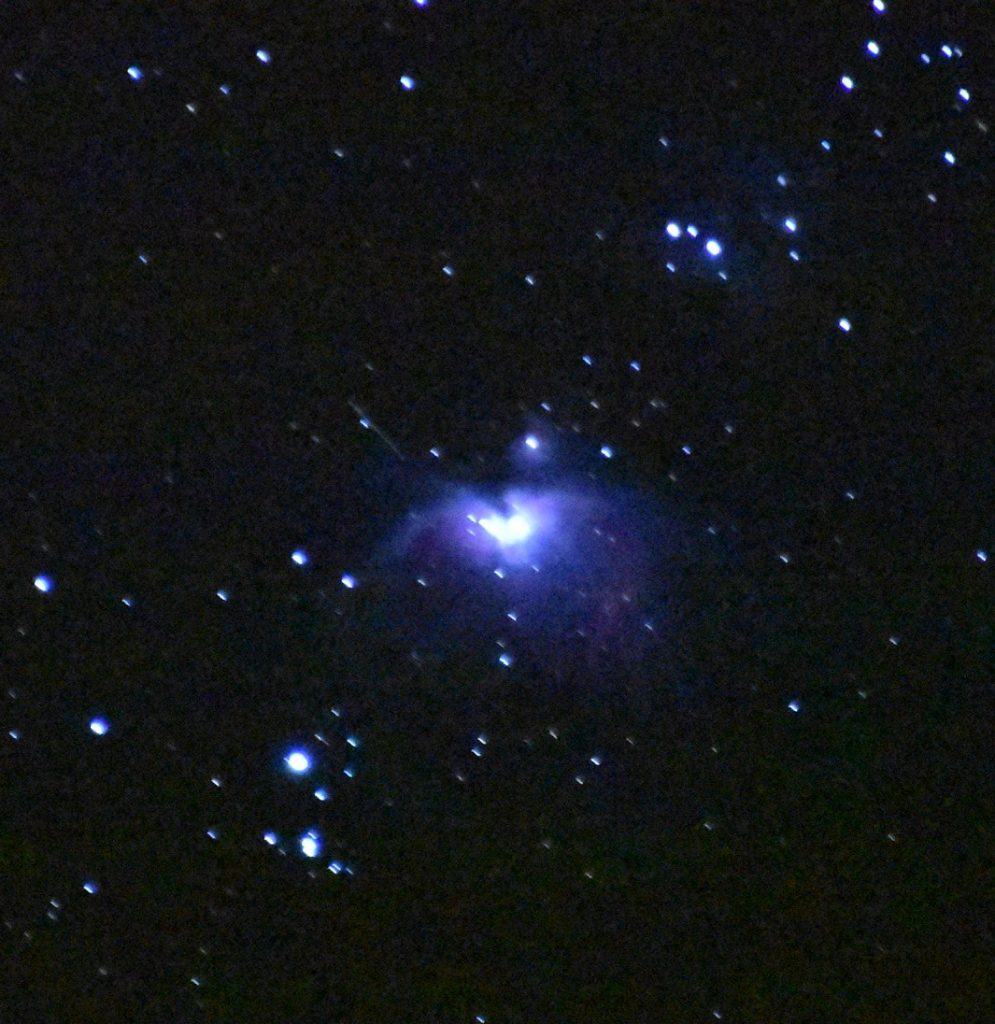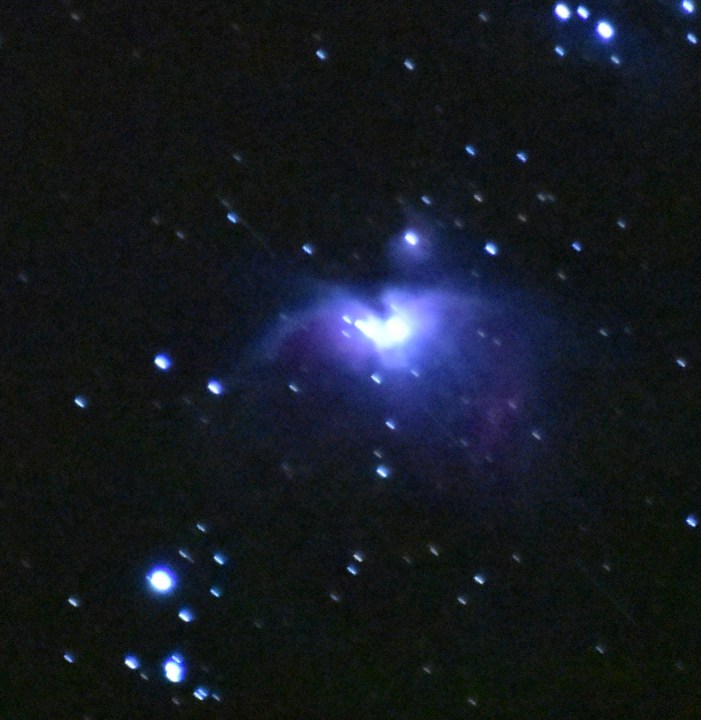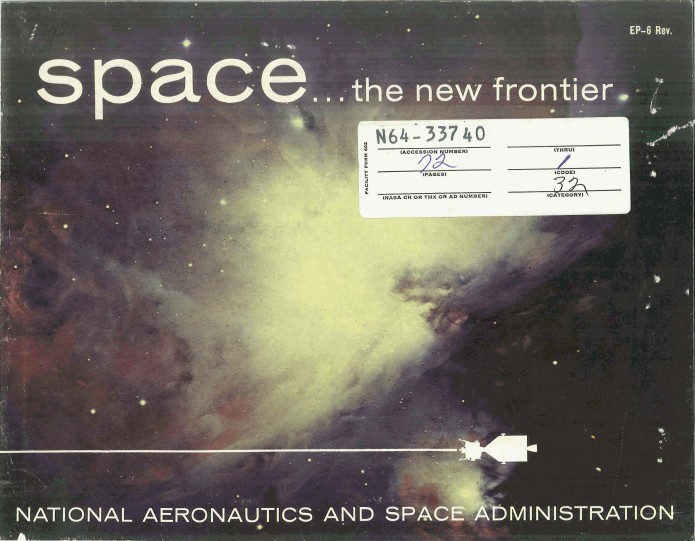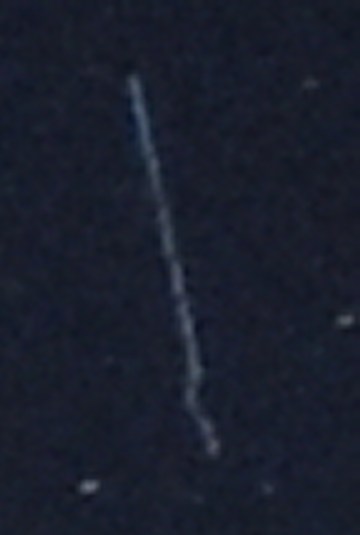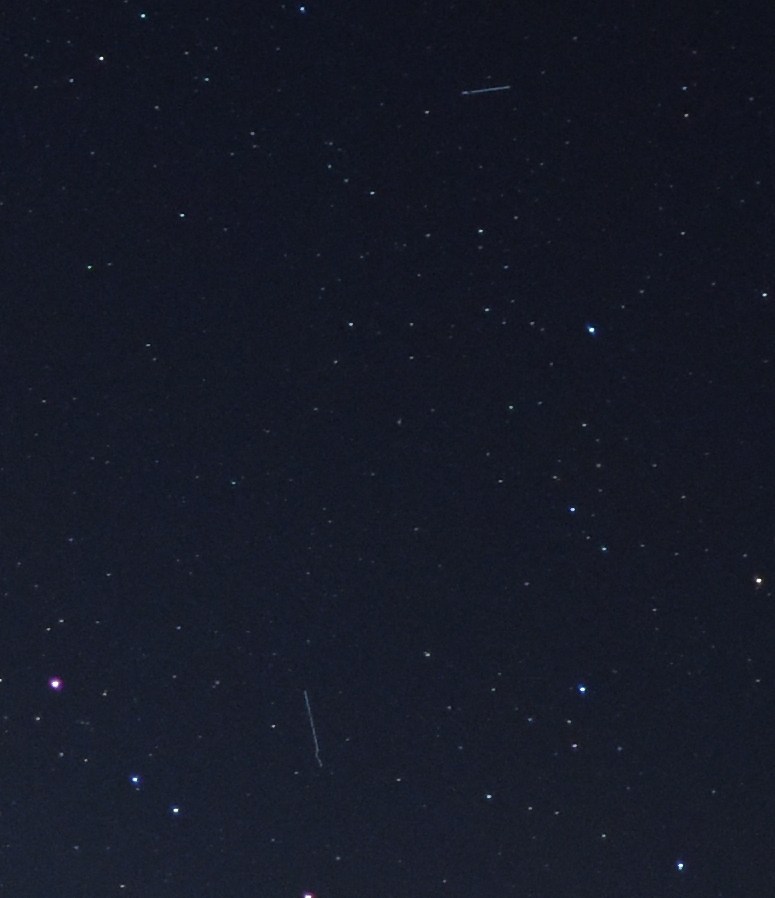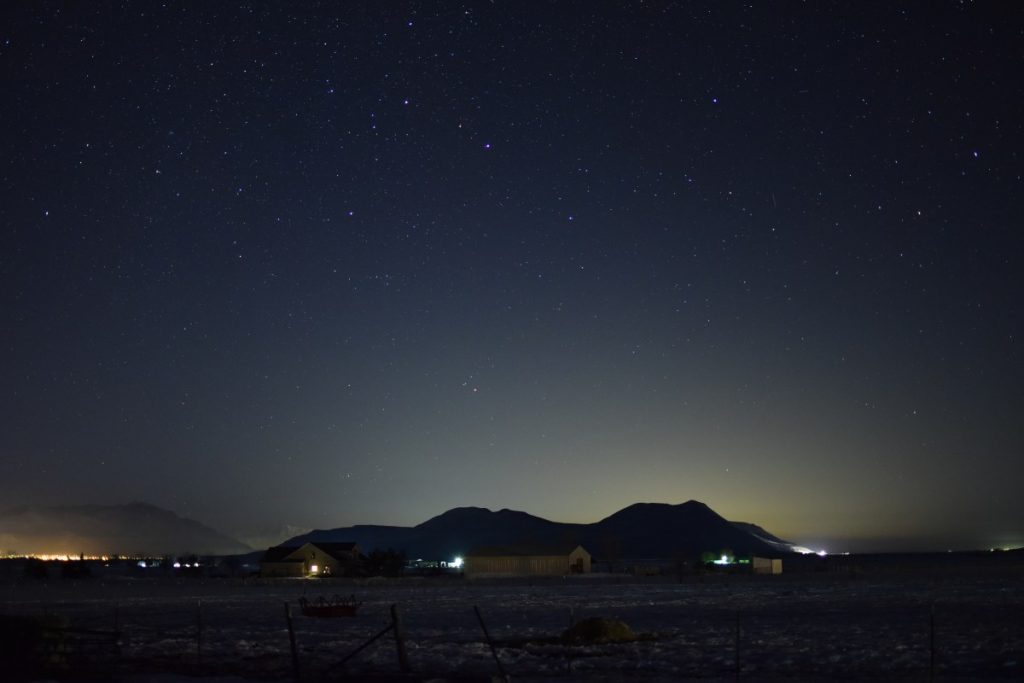Recently it was announced that the Trump administration has asked NASA to study the possibility of putting crew on the first SLS launch in 2019. If this comes to pass, it will entail sending an Orion capsule around the moon (and back, one would hope), the first time humans have left low Earth orbit in… well, a long-ass time.
What would be the scientific benefit compared the baseline plan of sending the capsule unmanned? Well… not a whole lot, especially given that the mission would be rather rushed. But the political benefits *could* be substantial. Assuming it’s a successful flight, it could be seen and sold as the return of America to having an actual space program (as opposed to the “hey, let’s go in circles a few times in an flying United Nations”). Two American astronauts will go back to the moon; not to land, of course, just to get within spitting distance of it. But almost certainly they will get there before any other nation could pull that off. One can of course argue that the US won the race to the moon in 1969, and anybody going there after all these years is a poor second… but in reality, the US has *long* since lost the direct experience and tribal knowledge that got Apollo tot he moon. Most of the people responsible for making Apollo work are dead or very, very retired. The US going back to the moon would be more like the US going for the first time, just again.
There are two obvious potential downsides to this:
- Disaster. This could come in the obvious form of the crew being killed at any point during the mission. This could also come in the form of the changes in the mission causing so much trouble and delay and cost overruns that the entire launch gets scrapped. Remember, this flight, if it happens, will happen after the 2018 mid-terms. This flight will be Trumps’ baby, and, who knows, he could well be impeached by then.
- How do you follow it up? It’s all well and good to fling some guys past the moon, but this could be done with a substantially smaller and cheaper system than SLS. A pair of Falcon 9 Heavies could certainly do it. The one thing that SLS brings to the party is massive lift capability, which in this case means the ability to send an actual lunar launder. But unless I missed a staff meeting… we have no lunar landers. We don’t even seem to have a real program to develop one.
SLS is meant to launch not only lunar missions but manned missions to Mars. Great! But there are no funded programs to develop actual Mars ships. Lots of people have lots of ideas for what SLS could launch. Some of the ideas are actually pretty good, such as very fast deep space probes, giant space telescopes, components for real space stations, etc. But none of them seem to have the most important feature any such idea needs to have: funding.
The first SLS flight, Exploration Mission 1 (EM-1) is already being assembled. So turning it into a manned flight would entail substantial modificationg to stuff already constructed… never an optimal solution. The second SLS flight, EM-2 scheduled for 2021, is intended to be manned and will have more advanced systems than will be available for EM-1. So it can be readily argued that making EM-1 manned is simply unwise. But the 2021 EM-2 flight would be after the inauguration of whoever wins the Presidential election of 2020. And does Trump – or anybody – really want President Warren to be in charge when NASA next tries to send men to the moon?
So here’s the calculation. NASA does this at Trumps behest, and it crashes and burns: this way leads to DOOOOOOM. NASA does this and succeeds: NASA is golden and Trumps scores points. Launch in 2019 and cement manned deep-space flight into NASAs schedule, or wait until 2021 when there’s a good chance that NASA will be controlled by an Administration that thinks that giant government spending programs are just awesome, so long as they don’t actually *build* anything.
Hmmm.
